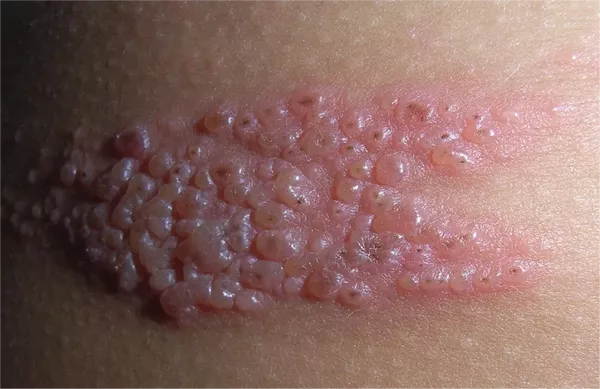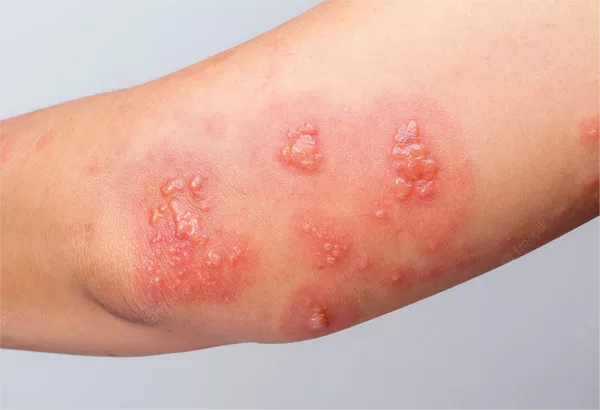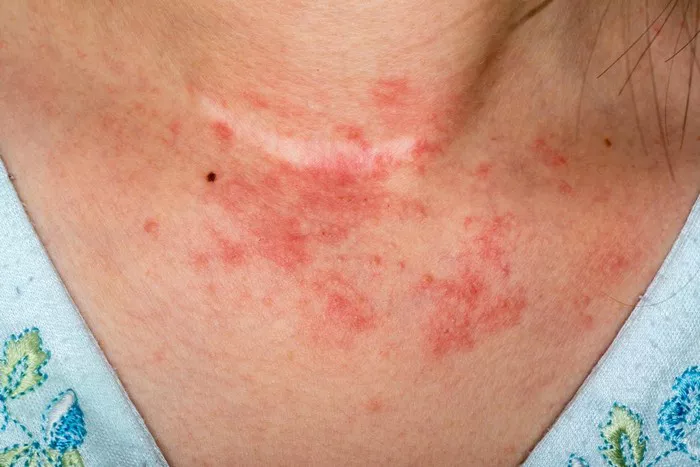Shingles, medically known as herpes zoster, is a painful viral infection caused by the reactivation of the varicella-zoster virus, the same virus that causes chickenpox. This reactivation typically occurs in individuals who have previously had chickenpox, lying dormant in the nerve tissues near the brain and spinal cord. Shingles manifests as a painful rash, often accompanied by blisters, which usually appears on one side of the body. While shingles can affect individuals of any age, it is most common in older adults and those with weakened immune systems.
Shingles Overview
The varicella-zoster virus remains dormant in nerve tissue after a person recovers from chickenpox. Factors such as aging, stress, or a weakened immune system can trigger the virus’s reactivation, leading to the development of shingles. The primary symptom of shingles is a painful rash that typically appears as a band or strip of blisters on one side of the body, usually around the torso or face. Other symptoms may include fever, headache, and general malaise.
Diagnosis
Diagnosing shingles usually begins with a thorough physical examination by a healthcare professional. The characteristic rash and accompanying pain are often telltale signs of the condition. In some cases, laboratory tests, such as viral cultures or polymerase chain reaction (PCR) tests, may be conducted to confirm the presence of the varicella-zoster virus. These tests are particularly useful in cases where the diagnosis is unclear or if there are complications.
Treatment Options
Early intervention is key in managing shingles effectively. Treatment typically involves a combination of antiviral medications, pain management strategies, and other therapies to alleviate symptoms and promote healing.
Antiviral Medications
Antiviral medications are the cornerstone of shingles treatment. These drugs, including acyclovir, valacyclovir, and famciclovir, work by inhibiting the replication of the varicella-zoster virus, thus reducing the severity and duration of the infection. It is crucial to initiate antiviral therapy as soon as possible after the onset of symptoms to maximize their effectiveness.
Pain Management
The pain associated with shingles can be debilitating and significantly impact the patient’s quality of life. Various pain relief options are available, ranging from over-the-counter pain relievers such as acetaminophen or ibuprofen to prescription medications like gabapentin or opioids for severe pain. Additionally, topical creams containing lidocaine or capsaicin can provide localized relief, while nerve blocks may be recommended for more refractory cases.
Other Therapies
In addition to antiviral medications and pain management, several other therapies may be employed to alleviate symptoms and promote healing. Wet compresses or cool baths can soothe the affected area and help reduce inflammation. Calamine lotion may provide relief from itching, while corticosteroids may be prescribed to reduce swelling and pain, particularly in cases of severe inflammation.
Complications
While shingles typically resolves within a few weeks, complications can arise, particularly in older adults or individuals with weakened immune systems. One of the most common complications is postherpetic neuralgia (PHN), characterized by persistent pain in the affected area long after the rash has healed. Vision problems, such as inflammation of the eye or corneal damage, may also occur if the rash affects the face or eyes.
Prevention
The most effective way to prevent shingles is through vaccination. The shingles vaccine, also known as the herpes zoster vaccine, is recommended for adults aged 50 and older, regardless of whether they have had chickenpox or shingles before. The vaccine significantly reduces the risk of developing shingles and can also help lessen the severity and duration of the infection if it does occur.
When to See a Doctor
It is essential to seek medical attention promptly if you suspect you have shingles, especially if you are at higher risk of complications or if the rash involves the face or eyes. Additionally, seek immediate medical care if you experience severe pain, fever, or any signs of infection, as these may indicate complications that require urgent treatment.
Conclusion
In conclusion, shingles can be a painful and potentially debilitating condition, but with prompt diagnosis and appropriate treatment, the symptoms can be effectively managed, and complications minimized. Medical professionals play a crucial role in guiding patients through the treatment process, offering relief from pain and discomfort, and helping them recover as quickly as possible. Moreover, vaccination remains the best defense against shingles, underscoring the importance of preventive healthcare measures in safeguarding against this viral infection.


























